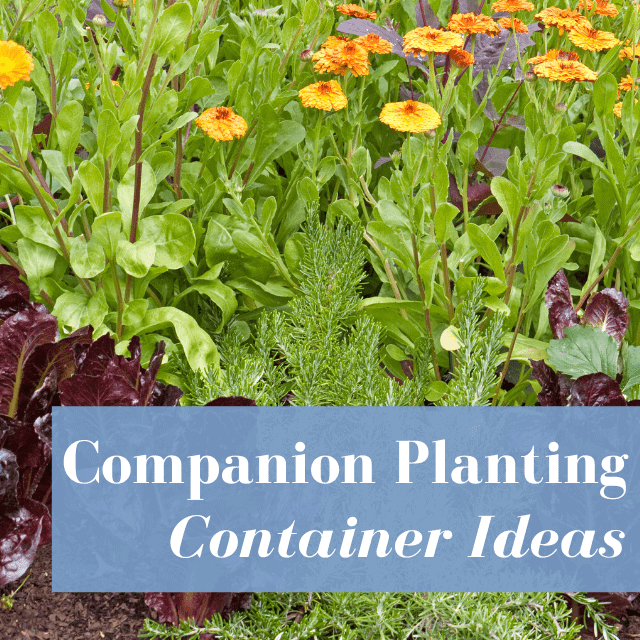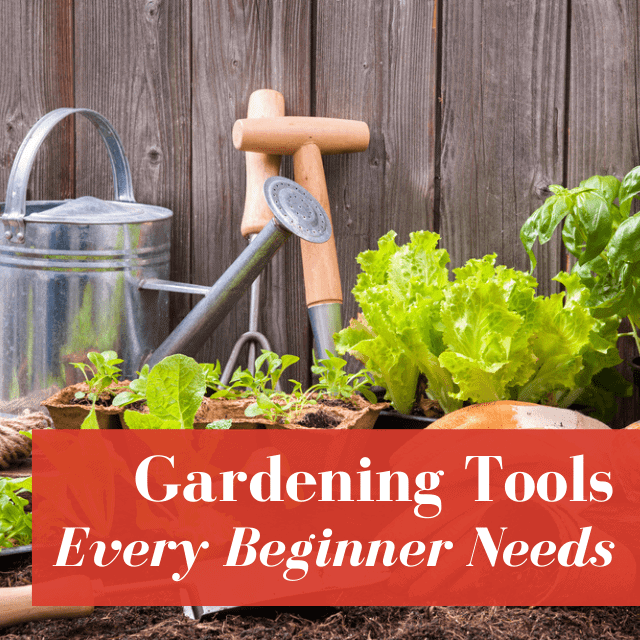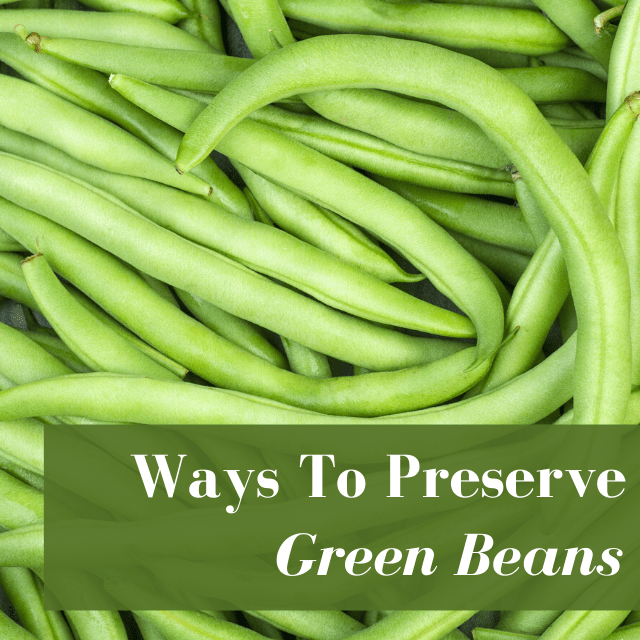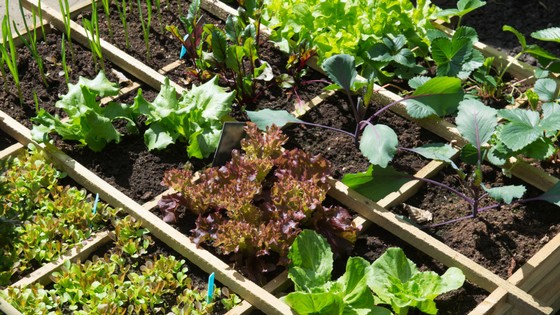Whether you grow your own potatoes or just got a great deal on a bumper crop at the supermarket, preserving potatoes is a great way to help them last long into the winter months. Considered one of the best vegetables for root cellar storage, potatoes have the ability to last for months without you having to do anything at all.
Potatoes are the quintessential late summer crop, offering a ton of nutritional benefits and a lot of versatility in the kitchen, too. If you aren’t already preserving potatoes, you’re missing out!
However, there are some other methods of preserving potatoes that you need to know about, too.
Table of Contents (Quickly Jump To Information)
Storing Potatoes in a Root Cellar
Potatoes can easily be stored in a root cellar (or even, in some cases, a basement). It’s the most common method of preserving potatoes because it involves the least amount of labor.
It can be difficult to store potatoes that are harvested in the early summer, but those that are harvested in the fall can easily be stored in a root cellar. Keep them in a cold – but not freezing – environment and you will find that they last for months.
Cure your potatoes by placing them in moderate temperatures and dry conditions for about two weeks. Then, you can move them into the cellar. It’s recommended that you store your potatoes in shallow layers so you can watch for signs of rot. Keep them dark, too, as too much light causes them to sprout. You may have good results covering your potatoes in straw to protect and insulate them, too.
Preserving Potatoes by Canning
Preserving your potatoes by canning them is one of the most popular methods of preserving potatoes. To do this, you will want to can them in a pressure canner. You cannot use a water bath canner, as this won’t reach high enough temperatures to kill soil-borne bacteria.
About 20 lbs of potatoes will yield you a pressure canner full of tubers – usually about 20 pints if you have a double stacking unit. Make sure you wash the potatoes carefully and then peel them. There’s some debate about whether you actually have to peel before canning, but it’s best if you do to remove all the dirt and bacteria hiding in the nooks and crannies of the potatoes.
Chop the potatoes into pieces and then parboil them for a few minutes. Drain the water and rinse the potatoes before spooning them into clean mason jars. Fill them with hot water, leaving about an inch of headspace. Wipe the rims and then add clean lids and rings.
Pressure can your potatoes for about 40 minutes at 10 lbs of pressure, or according to the instructions that come with your canner. You may need to adjust for altitude.
Freezing Cubed Potatoes
There are a few different ways you can freeze your potatoes, but the easiest way is to just freeze them cubed. Freezing is a good method of preserving potatoes if you had a huge potato harvest but either don’t want to bust out the pressure canner or if you have potatoes with some brown spots that won’t hold up in regular cold storage.
Start by selecting potatoes directly from the garden. Peel and wash them, cutting out any bad spots. Cut them up into uniform cubes. Then, blanch your potatoes for a few minutes (usually about three to five minutes, depending on the size of the potato).
After blanching, dunk the potato in an ice bath for ten minutes. Then drain and rinse them before packing them into containers. You can use any kind of container you’d like, but make sure they are freezer-safe. Leave about half an inch of headspace to allow room for expansion. Then, seal and freeze. Frozen potatoes usually last about 12 months. The resulting potatoes will be great for soups, stews, and even roasts.
Frozen French Fries, Hash Browns, and Tater Tots
If you’re sick of buying storebought french fries at the grocery store, you might want to think about freezing your own homemade fries, tater tots, and hash browns. It’s super easy to make your own and it doesn’t take as much time as you’d think, either.
Russet potatoes work best for homemade frozen french fries, but you can really use any type that suits your fancy. You will need about two pounds, along with eight cups of water, a tablespoon of salt, and a tablespoon of vegetable oil.
Start by peeling and cutting up the potatoes into half an inch-thick sticks. Then, blanch the potatoes for about two minutes. Dunk the blanched potato in an ice bath.
Drain your chilled potatoes and lay them out in a single layer to dry. Toss the slices in oil and then place them in a single layer on a baking sheet. Freeze overnight. The next day, transfer the frozen french fries to a freezer-safe container. That’s all there is to it!
You can also do this with your favorite tater tot or hashbrown recipe – the key point is to freeze your potatoes overnight on baking trays after prepping them. You don’t want to freeze immediately after cooking, because the individual pieces will become a big, clumpy mess in the container.
Dehydrating Potatoes
For those of us who love those tasty dehydrated potato snack sticks at the store, this idea is for you! You can also preserve potatoes to be used in scalloped or au gratin potatoes. To do this, begin by washing your potatoes and cutting out any blemishes. You don’t have to peel, but you can.
Then, slice your potatoes to about an eighth of an inch thick. You can also choose to shred the potatoes, depending on how you intend to use them later on. As soon as you slice them, put them in a bowl of water to prevent browning.
Blanch your potatoes for four to six minutes. Remove the slices with a slotted spoon and then place them on a dehydrator tray so that they do not overlap. Dry for 135 degrees Fahrenheit for up to 10 hours (often, eight is all it takes).
Fermented Potatoes
Yes, you can even ferment potatoes! This can actually be done with any type of potato or sweet potato. Potatoes can be fermented raw or even after they’ve been cooked. The best way to do this is by using a basic brine or even sauerkraut juice.
Lacto Fermented potatoes will offer you plenty of probiotics and prebiotics. You can do this to raw potatoes, eliminating a ton of prep work on your part and also making it possible for you to consume zero net carbs (but plenty of fiber).
Use filtered or distilled water to ferment your potatoes – tap water can contain fluoride or chlorine, which blocks fermentation. Do not use iodized salt when making the brine solution, either.
Simply place four cups of water into a jar, followed by your desired level of salt (often just a tablespoon). Cut up the potatoes, unpeeled, into half-inch cubes. Put them in the water. Cover the jar with a paper towel or piece of cheesecloth.
Over the next 48 hours, the water will become cloudy and you’ll see small bubbles – this indicates that fermentation has begun. If you notice any white film on the top, simply remove it and discard it. They should be eaten up within a week.
Try Various Methods of Preserving Potatoes
Depending on how big your potato harvest is, you may want to try all or just a few of these handy recipes. There’s plenty to do with your potatoes – you can even freeze the leftovers of your favorite recipe to be reheated later. Potatoes freeze and reheat remarkably well.
Whatever you do, try a few – after all, you don’t want to get bored eating canned or dehydrated potatoes all the time!
Maat van Uitert is a backyard chicken and sustainable living expert. She is also the author of Chickens: Naturally Raising A Sustainable Flock, which was a best seller in it’s Amazon category. Maat has been featured on NBC, CBS, AOL Finance, Community Chickens, the Huffington Post, Chickens magazine, Backyard Poultry, and Countryside Magazine. She lives on her farm in Southeast Missouri with her husband, two children, and about a million chickens and ducks. You can follow Maat on Facebook here and Instagram here.






